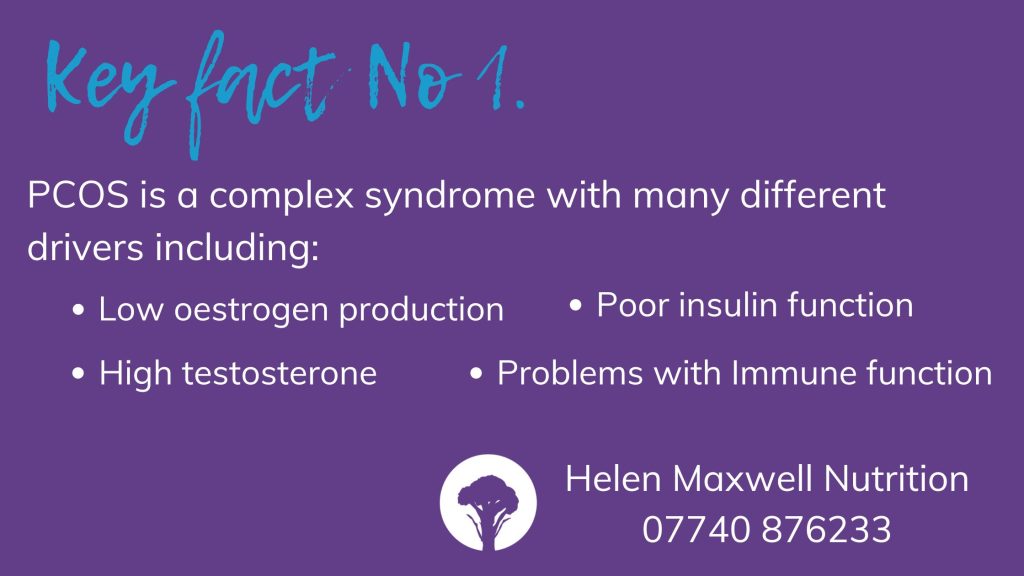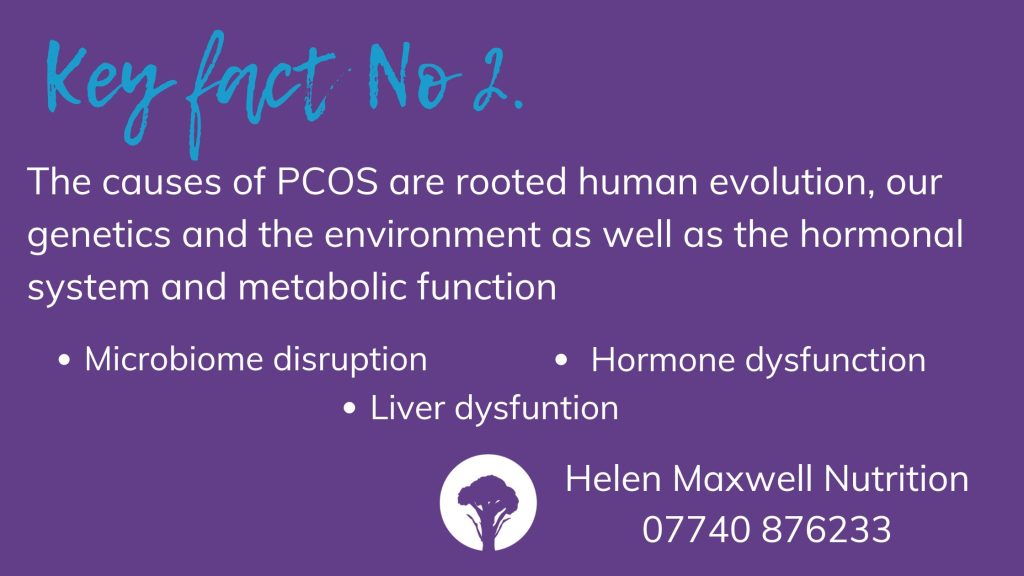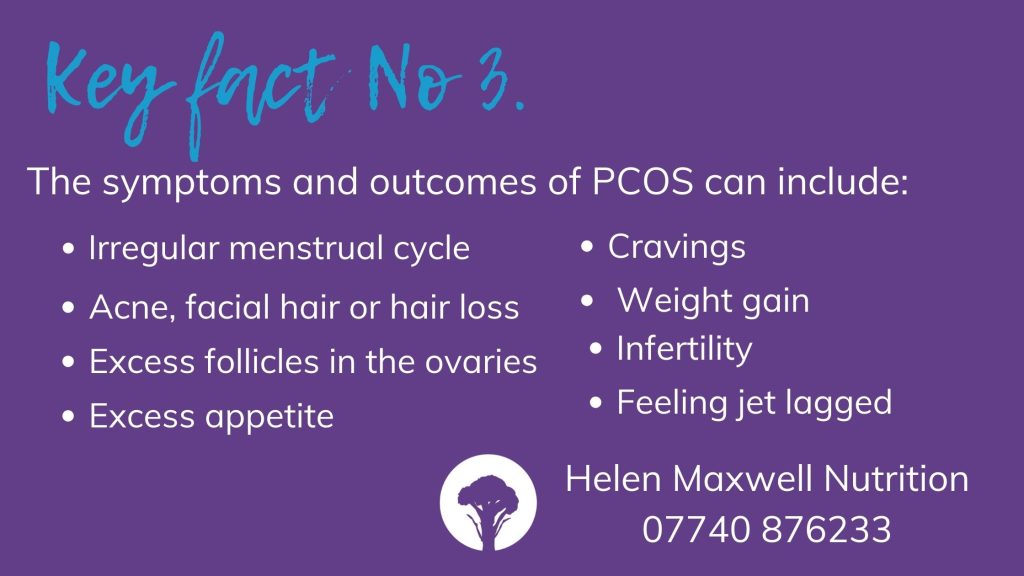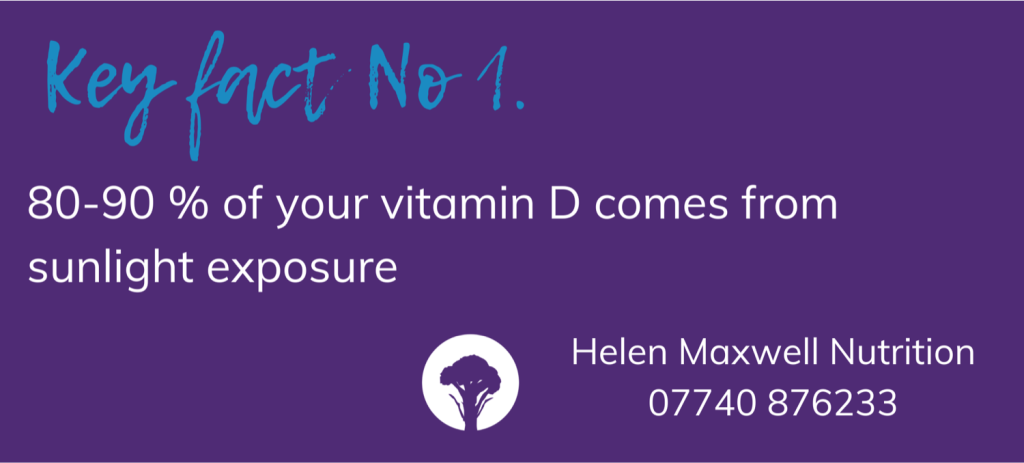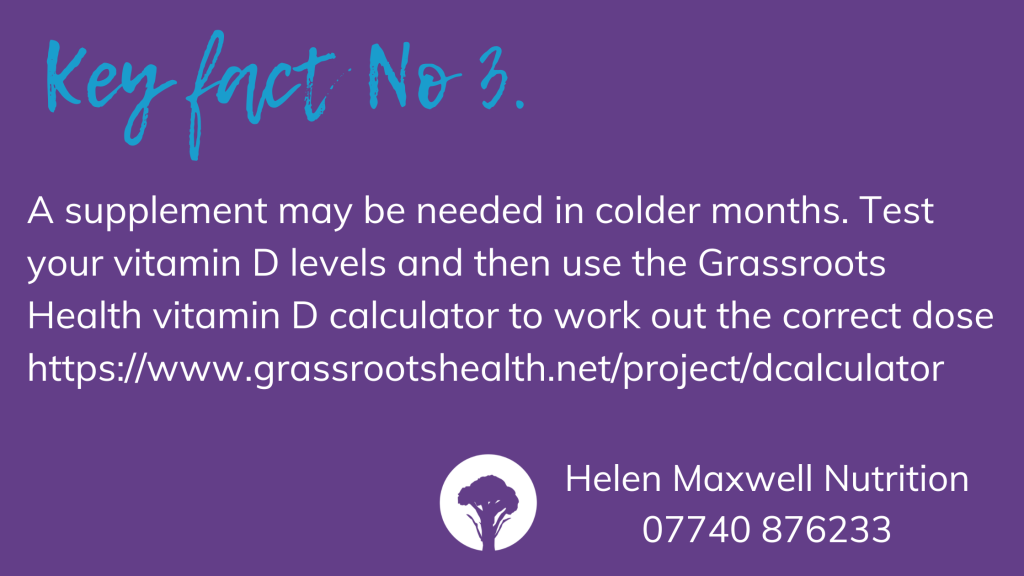The role of cholesterol and fats in cardiovascular disease (CVD)
Cholesterol and fat receive a lot of attention in the health and wellness media especially in connection with cardiovascular disease (CVD). Most of it is negative and places the blame for heart disease on high fats diets in general and more specifically the cholesterol molecule. Of course there are numerous CVD risk factors such as age, genetics, sedentary lifestyles, obesity, diabetes and so on but this blog is focused on clarifying the role of cholesterol and fats.
Where does cholesterol come from and what does it do?
Only about 20% of our cholesterol comes from diet, the remaining 80% is made by the liver. So why does our body make it, if it’s harmful?
Cholesterol is an essential component of many processes in the body including the formation of every cell membrane. Our cell membranes consist of 1/3 saturated fat, 1/3 polyunsaturated fat and 1/3 cholesterol and it is here that all cellular activity (metabolism) takes place.
Cholesterol is the raw material of hormone production and we manufacture vitamin D from it, via the action of sunlight. We also need it for bile, which facilitates fat absorption and toxin excretion. It’s a key component of the myelin sheath surrounding our nerve fibres making it important for brain and nerve function. The list goes on, but you can see how important it is for many critical functions.
How does cholesterol go wrong?
The problem occurs when there is damage to the delicate lining of our blood vessels. The immune system steps in creating plaques to try and repair the situation and over time they can narrow our arteries. This process can result in an oxidised cholesterol molecule (LDL-c), which depending on the size, density and number of them can increase cardiac risk.
If our cholesterol metabolism is working correctly however LDL-c should be picked up by HDL-c and returned to the liver for excretion. For this process to work properly it requires a consistent supply of antioxidants.
So as is often the case it’s a question of balance.
What causes blood vessel damage?
The biggest culprits are high blood pressure from stress, sugar, trans fats and inflammation. This is because:
- High blood pressure caused by the stress hormone adrenaline causes turbulent blood flow, which can easily damage the delicate blood vessel lining. Adrenaline can be triggered by any stressor such as: erratic blood sugar, lack of sleep, financial or emotional difficulties.
- Refined carbohydrates and refined sugar are pro-inflammatory and can form ‘advance glycation end products’ (AGE) which stick to plaques further narrowing the arteries.
- Trans fats which are contained in most biscuits, cakes and ultra processed food, raise LDL-c as well as making these particles more dangerous (atherogenic).
- Inflammation arises from various sources such as infection and toxicity but vascular cell damage is also inflammatory so a vicious cycle emerges.
What if cholesterol is high? WHAT IF TOTAL CHOLEST
This may or may not be a problem but it’s always wise to investigate. Ideally our total cholesterol:HDL-c ratio should be less than 4.5 for men and less than 4 for women. The other important ratio is the HDL:LDL - c ratio and this is kept in balance by our level of antioxidants.
Preliminary check
An easy way to assess if there might be an issue is to calculate your waist to hip ratio (WHR). This is a good indicator of the presence of fat around the organs (visceral fat). Women should be 0.8 or more with a waist measurement below 90 cm (35 inches). The ratio for men is 1.0 or more with a 102 cm (40 inch) waist or less.
Can nutrition and lifestyle help?
The good news is there is so much you can do with nutrition, lifestyle and supplements to balance cholesterol metabolism and reduce risk. Medication may be necessary especially if there are genetics at play but this can often be minimised if every thing else is addressed.
Nutritional therapy is always very unique and personalised but it tends to focus on the following:
Nutrition
- Lowering inflammation levels - through dietary change and supplements if required. Levels of omega 3 in the diet are important to evaluate.
- Making sure sources of fat in the diet are good quality and that fats used in cooking are very stable. Trans-fats should be eliminated as much as possible. Digestion and absorption of fats is assessed and improved if needed.
- Is the diet high in processed carbohydrates and refined sugar? Any excess will be converted to fat. Fat in the body doesn’t only come from the fat we eat.
- Ensuring sufficient Vitamin D levels – these are highly protective against heart disease.
- Balancing the antioxidant status in the body and levels of B3 – testing can be useful here
- Adjusting levels of fibre in the diet to facilitate cholesterol excretion.
- Checking sulphur intake in the diet. We are often low due to soil deficiency or we may not convert it to sulphate so cholesterol circulates as LDL-c. Some diets such as FODMAP can be low in this nutrient.
Testing and supplementation
- A preliminary urine and blood spot test can be done to gage risk, before making the decision to invest in a more expensive, comprehensive CVD profile. The latter does help to establish blood lipid (fat) levels and direct priorities. The number and size of LDL-c particles and whether or not they are oxidised also helps to pinpoint risk.
- Appropriate supplementation to fill any dietary gaps and tackle priorities.
Lifestyle
- Stress management - 75% of people admitted with heart attacks have normal cholesterol with LDL levels below average (Dr. Aseem Malhotra FRCP).
- Improve sleep for physical and mental recovery.
- Improving breathing function to maximise nitric oxide production. This relaxes the blood vessels, improving blood flow to deliver nutrients and oxygen to the tissues, including the heart and the lungs.
- Exercise – the right sort appropriate for age.
References:
Samsel, A and Seneff, S. (2013) Glyphosate, pathways to modern diseases II: celiac sprue and gluten intolerance. Interdisciplinary Toxicology 6(4): 159–184. doi: 10.2478/intox-2013-0026
Wannamethee, G. et al. (1995) Low serum total cholesterol concentrations and mortality in middle aged British men. British Medical Journal 12:311(7002): pp. 409-13. doi: 10.1136/bmj.311.7002.409.
